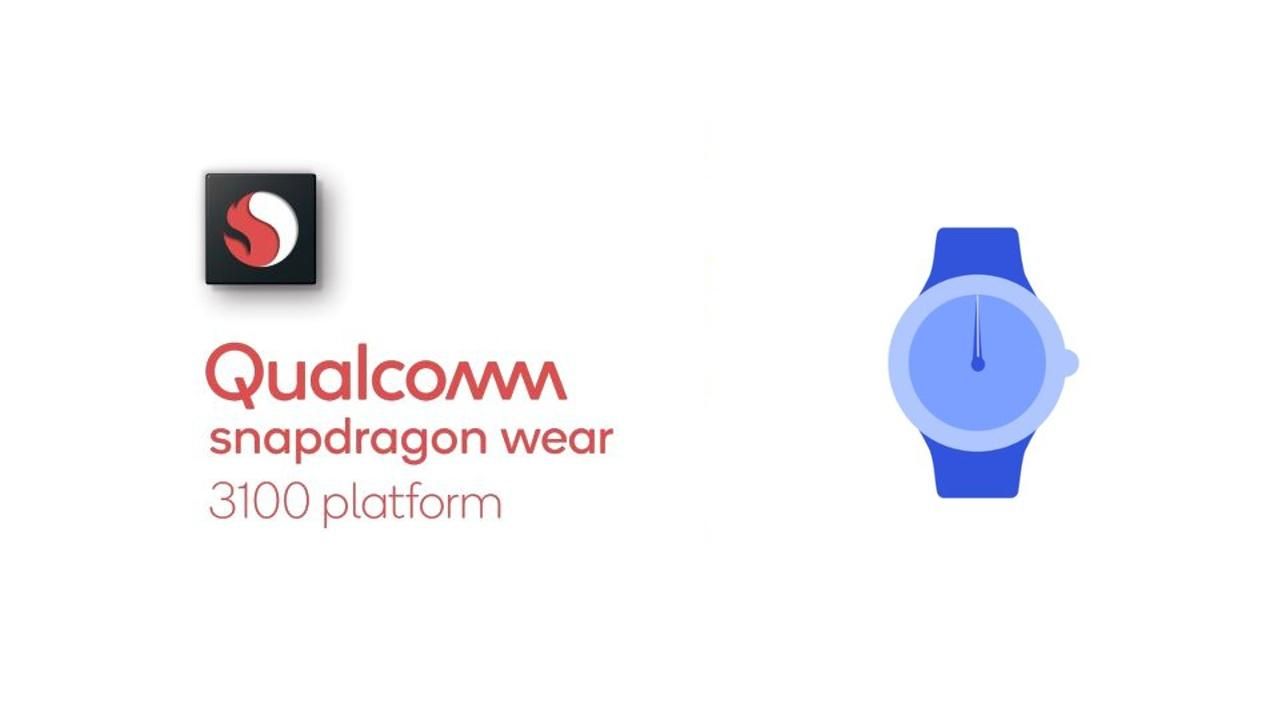Earlier this year, Qualcomm updated its Snapdragon Wear chip series with a product designed primarily for the burgeoning category of “kid watches” with limited social and communication features. Today’s update brings a whole lot more for the rest of the market.
The physical difference between current-generation Wear chips and the new Snapdragon Wear 3100 is that the main A7 processor is now comprised of four cores instead one. The DSP has been carried over, but there’s a new, custom ultra-low power co-processor to handle background processes. All this makes for the first “big-small-tiny” architecture in a Qualcomm chipset.
Several component upgrades prioritize power efficiency, but larger ranges in a reduced package size, including a smaller, stronger NFC chip and a dual-display architecture — some smartwatches have been experimenting with a base OLED display for advanced tasks and a translucent LCD display for basic timekeeping. Of course, miniaturization and optimization also applies to the radios: low-power Bluetooth, Wi-Fi and LTE.
More performance for less power seems to be a running theme as there are improvements to three special modes: an enhanced ambient mode allows for up to 16 colors to be shown while the watch is asleep, a smoothly moving second hand and live updates to complications. However, there is a basic analog ambient mode that should last a week on 20 percent battery and a full month on a full charge. Biometric tracking for exercise has also improved with up to 15 hours of active GPS and heart rate monitoring — at least three times what we’ve come to be used to with current solutions.
Combining full-power use with ambient usage, Qualcomm cites a 4 to 12 hour improvement on usage from the Snapdragon Wear 2100. It has also introduced a week-long mode which guarantees a day of full Wear OS functionality and several days of the basic ambient mode.
Qualcomm hopes that this new chipset will bring more brands to Google’s Wear OS, though there’s not much to say about how far silicon can boost shipment numbers against the juggernauts of Fitbit and Apple. It’s certainly a challenge to mount going forward.

